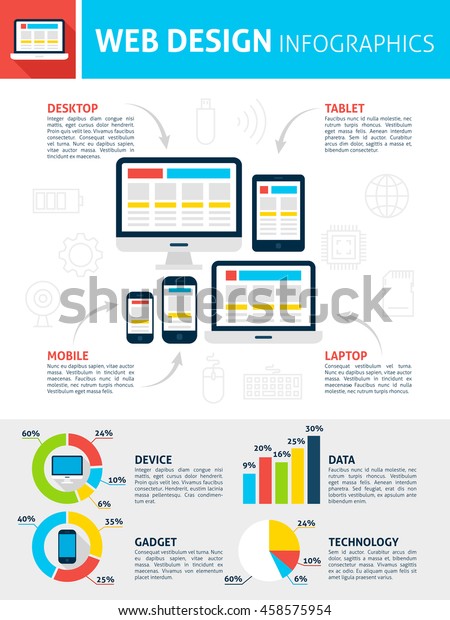Intrigued In Learning Just How Website Layout Has Transformed For Many Years? Discover The Journey
Intrigued In Learning Just How Website Layout Has Transformed For Many Years? Discover The Journey
Blog Article
Short Article Writer-Kahn Dalby
In the past, websites were straightforward and focused on information. Navigation was direct, and design was for desktop computers. Now, user experience is vital. Data overviews layouts for simple navigating. Responsive layouts match various devices. Today, dark setting lowers strain, and minimal menus improve navigating. Interactive functions involve users, and vibrant visuals stand apart. AI integration increases engagement. See how design has actually developed to enhance your on the internet trip.
Very Early Days of Web Design
In the early days of website design, simpleness preponderated. Websites were fundamental, with limited colors, typefaces, and formats. The emphasis was on providing information instead of fancy visuals. Customers accessed the web through slow dial-up links, so rate and functionality were crucial.
Navigation menus were straightforward, normally situated at the top or side of the web page. Websites were made for computer, as mobile browsing wasn't yet common. Web content was king, and designers prioritized simple readability over complicated style components.
HTML was the main coding language used, and designers had to function within its constraints. Animations and interactive attributes were minimal contrasted to today's criteria. Web sites were static, with little vibrant content or personalized customer experiences.
Rise of User-Focused Style
With the development of website layout, a change in the direction of user-focused design principles has come to be increasingly prominent. Today, producing websites that focus on customer experience is crucial for involving visitors and achieving company objectives. User-focused layout involves comprehending the needs, choices, and habits of your target market to tailor the internet site's format, content, and includes as necessary.
Designers now conduct extensive research study, such as customer surveys and usability screening, to collect understandings and feedback straight from customers. This data-driven method aids in developing intuitive navigating, clear calls-to-action, and visually enticing interfaces that resonate with visitors. By positioning the user at the center of the layout procedure, websites can supply a much more personalized and enjoyable experience.
Receptive design has actually likewise emerged as an essential facet of user-focused design, making certain that web sites are optimized for numerous gadgets and display sizes. This adaptability enhances ease of access and functionality, satisfying the varied ways users communicate with internet sites today. Fundamentally, the increase of user-focused layout represents a change towards developing electronic experiences that prioritize the requirements and assumptions of the end customer.
Modern Trends in Website Design
Check out the most up to date fads shaping web design today. One popular pattern is dark setting layout, supplying a sleek and modern-day look while minimizing eye pressure in low-light environments. An additional key pattern is minimal navigating, streamlining menus and enhancing customer experience by focusing on essential elements. Including micro-interactions, such as animated switches or scrolling effects, can develop an extra interesting and interactive site. https://usergeneratedcontentmarke17395.dm-blog.com/27063016/producing-a-site-initially-a-detailed-holding-guide remains critical, ensuring smooth individual experiences throughout different gadgets. In addition, making use of strong typography and unbalanced formats can include aesthetic interest and accentuate details material.
Incorporating AI innovation, like chatbots for customer assistance or individualized suggestions, boosts customer involvement and streamlines procedures. Availability has also become a substantial trend, with developers prioritizing comprehensive style practices to deal with varied individual needs. Embracing sustainability by optimizing site efficiency for rate and performance is an additional emerging pattern in website design. Collaborating with customer feedback and information analytics to iterate and improve design constantly is essential for remaining relevant in the ever-evolving electronic landscape. By welcoming these modern trends, you can develop an aesthetically appealing, easy to use site that resonates with your audience.
Verdict
As you assess the advancement of web site style from the very early days to now, you can see just how user-focused style has actually ended up being the driving pressure behind modern trends.
Embrace the trip of modification and adaptation in web design, always keeping the customer experience at the forefront.
Remain current with the most recent patterns and technologies, and never ever stop developing your approach to develop aesthetically magnificent and easy to use internet sites.
Evolve, adapt, and produce - the future of website design is in your hands.
